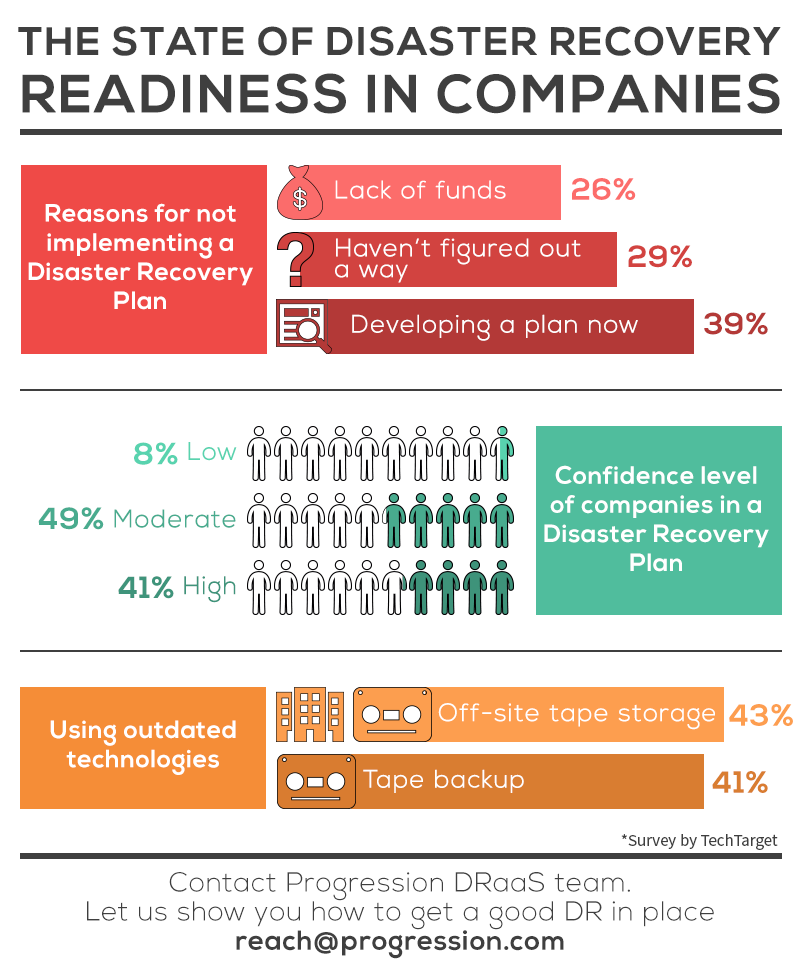Disasters are inevitable and their outcomes can be devastating. But that should not stop us from preparing for the worst-case scenarios. Often in case of unpredictable natural disasters like earthquakes, storms or cyclones, companies are often left stranded with no plan in place. The situation is not very different in manmade and technological disasters like human error, labor unrest, software or hardware failures and network and power outages. Not preparing in advance for these scenarios is in itself a disaster than actually being in one. Because the opportunity cost of not gearing up for a disaster is so massive that if companies calculate it, they’ll never give disaster recovery planning a skip.



